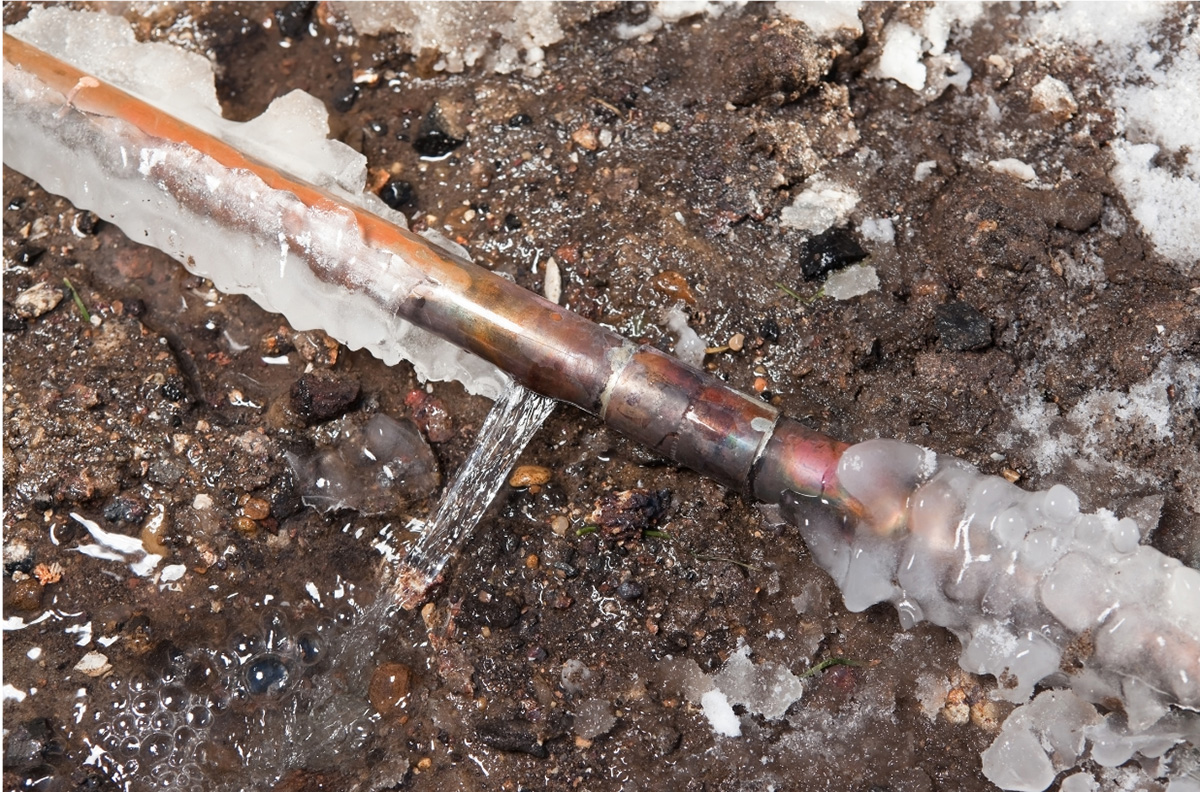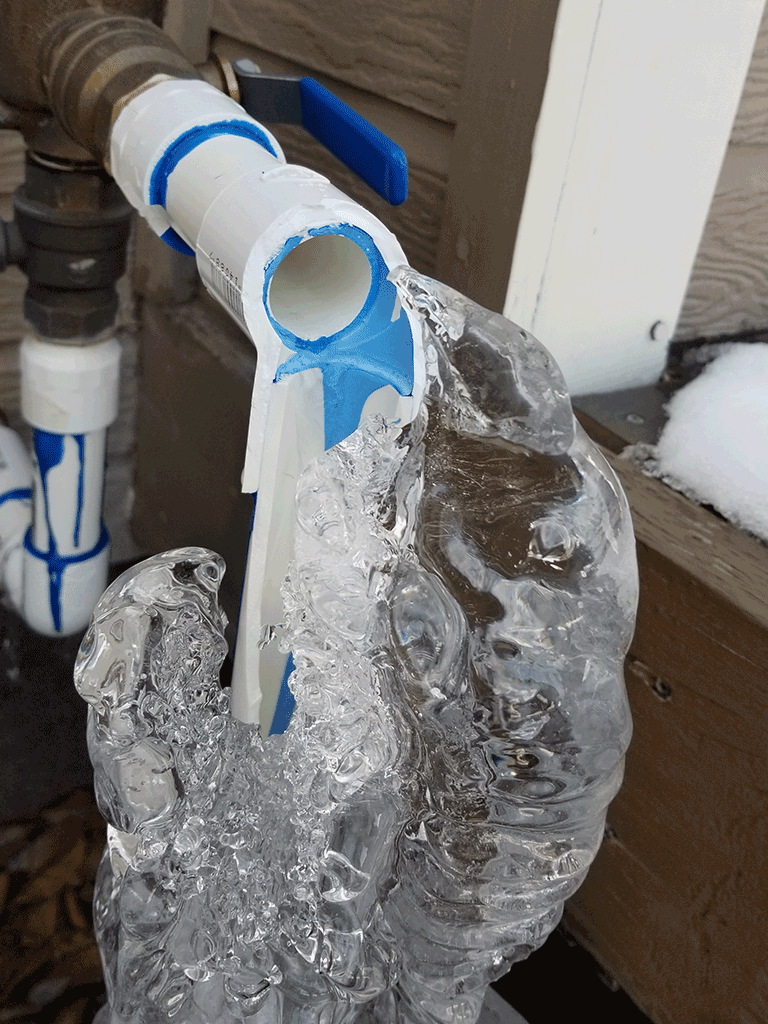How to Safeguard Pipes from Freezing: Specialist Guidance
How to Safeguard Pipes from Freezing: Specialist Guidance
Blog Article
The author is making a few good points about Preventing and dealing with frozen pipes in general in this post following next.

Winter can wreak havoc on your pipes, particularly by freezing pipelines. Here's exactly how to prevent it from happening and what to do if it does.
Introduction
As temperatures decline, the danger of icy pipes rises, possibly causing expensive repair services and water damage. Understanding how to prevent icy pipelines is important for property owners in cool climates.
Avoidance Tips
Protecting susceptible pipelines
Cover pipelines in insulation sleeves or utilize warmth tape to safeguard them from freezing temperature levels. Focus on pipes in unheated or external areas of the home.
Home heating methods
Keep interior areas properly heated, specifically areas with plumbing. Open up cabinet doors to allow warm air to circulate around pipes under sinks.
How to identify frozen pipelines
Search for lowered water circulation from taps, uncommon smells or sounds from pipes, and visible frost on revealed pipelines.
Long-Term Solutions
Architectural modifications
Think about rerouting pipes away from exterior walls or unheated locations. Include additional insulation to attics, cellars, and crawl spaces.
Updating insulation
Invest in high-quality insulation for pipes, attics, and walls. Appropriate insulation helps keep regular temperatures and minimizes the threat of icy pipelines.
Securing Exterior Plumbing
Yard pipes and exterior taps
Separate and drain yard hoses before wintertime. Mount frost-proof faucets or cover exterior taps with insulated caps.
Comprehending Frozen Pipelines
What creates pipelines to freeze?
Pipelines ice up when exposed to temperature levels below 32 ° F (0 ° C) for prolonged periods. As water inside the pipelines ices up, it broadens, taxing the pipeline wall surfaces and potentially triggering them to rupture.
Dangers and problems
Frozen pipes can bring about water supply disturbances, residential or commercial property damages, and expensive fixings. Burst pipelines can flooding homes and cause substantial structural damage.
Signs of Frozen Pipes
Recognizing frozen pipes early can prevent them from bursting.
What to Do If Your Pipelines Freeze
Immediate actions to take
If you think icy pipes, maintain faucets available to ease stress as the ice melts. Use a hairdryer or towels soaked in hot water to thaw pipes gradually.
Final thought
Stopping icy pipes requires proactive measures and quick responses. By understanding the reasons, indications, and preventive measures, house owners can safeguard their pipes throughout winter.
5 Ways to Prevent Frozen Pipes
Drain Outdoor Faucets and Disconnect Hoses
First, close the shut-off valve that controls the flow of water in the pipe to your outdoor faucet. Then, head outside to disconnect and drain your hose and open the outdoor faucet to allow the water to completely drain out of the line. Turn off the faucet when done. Finally, head back to the shut-off valve and drain the remaining water inside the pipe into a bucket or container. Additionally, if you have a home irrigation system, you should consider hiring an expert to clear the system of water each year.
Insulate Pipes
One of the best and most cost-effective methods for preventing frozen water pipes is to wrap your pipes with insulation. This is especially important for areas in your home that aren’t exposed to heat, such as an attic. We suggest using foam sleeves, which can typically be found at your local hardware store.
Keep Heat Running at 65
Your pipes are located inside your walls, and the temperature there is much colder than the rest of the house. To prevent your pipes from freezing, The Insurance Information Institute suggests that you keep your home heated to at least 65 degrees, even when traveling. You may want to invest in smart devices that can keep an eye on the temperature in your home while you’re away.
Leave Water Dripping
Moving water — even a small trickle — can prevent ice from forming inside your pipes. When freezing temps are imminent, start a drip of water from all faucets that serve exposed pipes. Leaving a few faucets running will also help relieve pressure inside the pipes and help prevent a rupture if the water inside freezes.
Open Cupboard Doors
Warm your kitchen and bathroom pipes by opening cupboards and vanities. You should also leave your interior doors ajar to help warm air circulate evenly throughout your home.

As a devoted person who reads on How to prepare your home plumbing for winter weather, I thought sharing that information was beneficial. If you appreciated our blog post kindly consider to pass it around. I praise you for your time. Revisit us soon.
Call Today Report this page